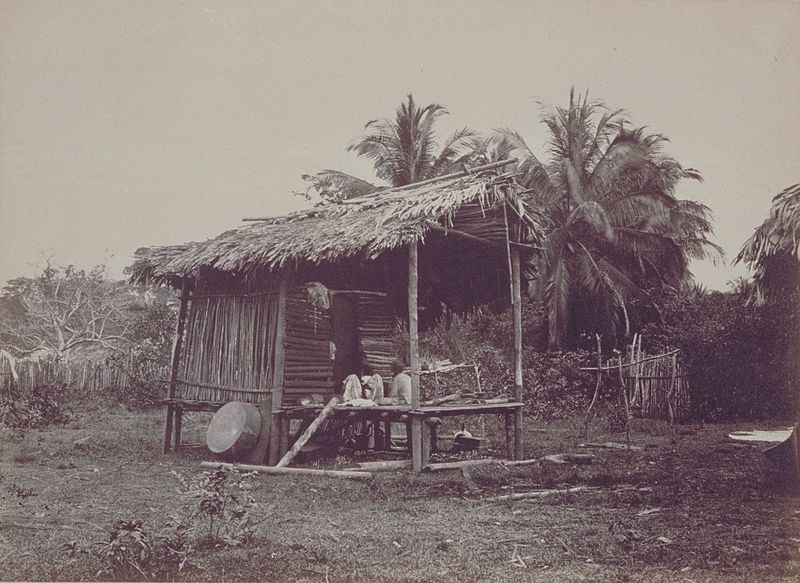Not Being Heard
Last month, during the Sandy Mush WordPress Meetup, I created and published ads without any copy. These ads were intended to advertise a meeting to discuss ADA Compliance.
The reason behind creating these ads without any copy was to represent the experience of people who are not included in the conversation. The aim was to showcase how content on the internet becomes invisible to some. The images and other graphic design elements on the site are not there for everyone to see.
Unfortunately, the ads were not viewed, clicked, or commented on by anyone.
People who attended the meeting mentioned that they did not understand the purpose of these ads, and they were confused about the date and time of the meeting. This confusion led to the conversation of ADA Compliance.
Being Heard
The power of social media lies in its ability to amplify messages and increase their reach. When a message is seen and shared by more people, it can gain momentum and become part of a larger conversation. The Be Heard art installation highlights the experience of people who are not included in conversations or who are not heard. However, when social media is used to share a message, it can have the opposite effect, giving people a platform to be seen and heard.
When people are heard and others respond in support, it can change the narrative and bring attention to important issues. Visibility can lead to more likes and comments, creating a sense of community and support behind a message. The more engagement a post receives, the more it can gain momentum and reach a larger audience. This can be a powerful tool for social change, as it can bring attention to issues that might otherwise go unnoticed.
In the case of the Be Heard art installation, social media could be used to bring attention to the experience of people who are not heard. By sharing the message and encouraging others to engage with it, it could become part of a larger conversation and spark change. The more people who see and respond to the message, the more it can amplify the voices of those who are often overlooked.



